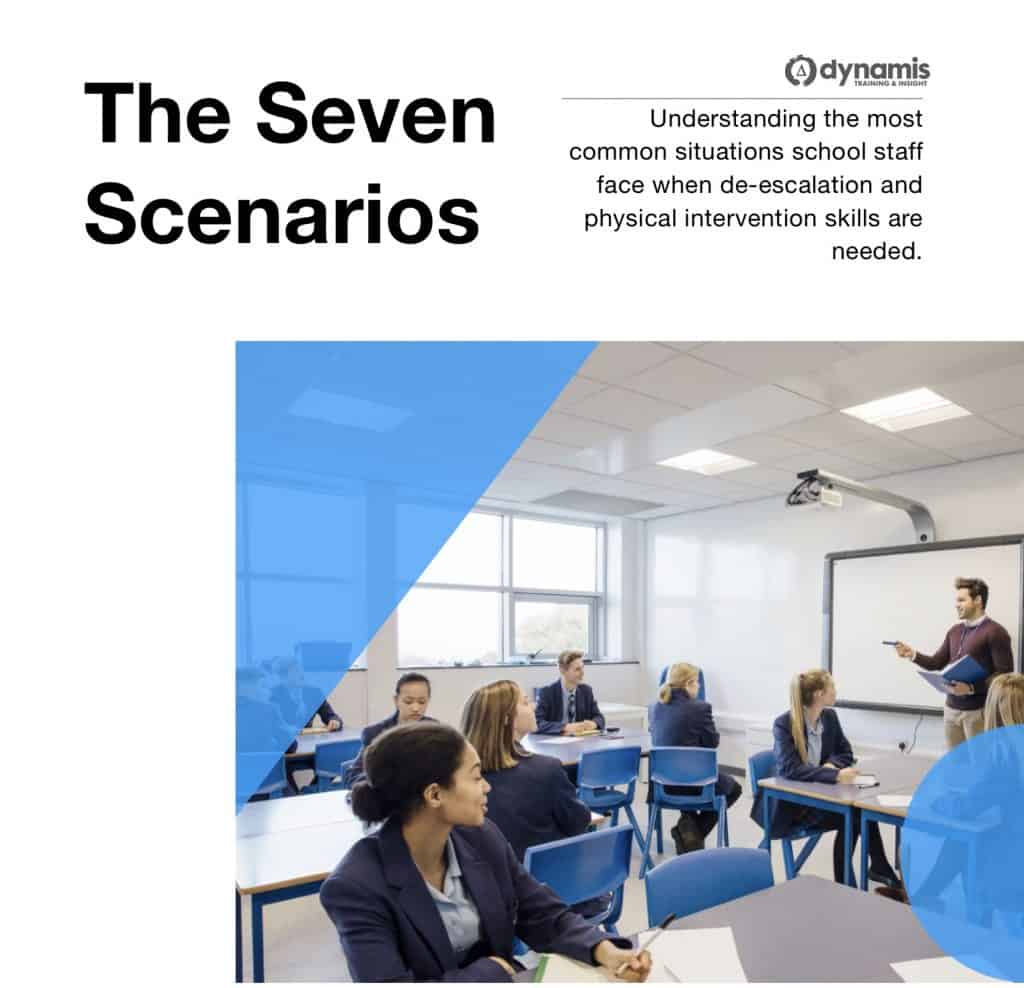Positive Handling Teamwork
How many people need to be in the room when a child in a school threatens injury to themselves or others, or is causing a serious disruption? This is a question I like to explore with my groups in our Positive Handling training courses. The answer is always that we need a minimum of 2 people when dealing with a child in a physical intervention.
CAN I GET A WITNESS?
First, things after the event will always be helped if there is someone else who can verify, corroborate and report that the things that happened in that room were consistent with your experience of the incident as it unfolded. Having a colleague with you, for both emotional support and tactical support, during an unfolding verbal interaction or physical intervention, is simply good sense and creates Positive Handling Teamwork.
We know that almost half of all allegations against teachers are unsubstantiated or malicious, which makes it even more important that during a high-stress moment, teaching staff act professionally. However, as verbalisation-skills trainer Gary Klugiewicz says, “If you did everything right and didn’t record it, it never happened”
THE SIMPLE MATHS OF THINGS
Secondly, let’s explore the tactical picture. Children who get upset and lash out at teaching staff or other pupils often reach a point where they are acting primally. They will, if they reach peak crisis, use all the tools at their disposal to reach their goal. We ask groups to look at the simple maths of this question: “How many things might they try to hurt you with, and how many things are you going to use to make them stop?”
Well, the answer, however you calculate it, is that a single person tasked with controlling a child is unlikely to use their head (to headbutt), their teeth (to bite) or ther legs (to kick) in order to bring a child under control. But if the child is in crisis, the opposite is not the case! So, the simple maths tells us that you need to bring more people, because you are relying on a smaller toolset than the one you are attempting to bring into safety.
If they’ve got more things they can hurt you with, you need assistance and you need to be able to depend on good Positive Handling Teamwork.
LAMING
Sir Herbert Laming wrote a letter in 1997 which explained and interpreted some key principles and ideas which were alluded to in the Children Act 1989. Called “The Control of Children in the Public Care: Interpretation of the Children Act” his letter and the LAC93 circular he refers to in it deserves careful attention. In it, he talks about numbers of staff in relation to physical restraint:
Every effort should be made to secure the presence of other staff to ensure that any action taken is both safe and successful. It would be an error of judgement if a member of staff tried to restrain a young person without proper assistance and in so doing caused injury to himself or the young person because the intervention was handled ineptly.
A school’s Safe System of Work, clarified by risk assessments, should therefore describe how such ‘proper assistance’ can be secured in a timely way so that individual teachers or teaching assistants are not left by themselves when dealing with risky behaviours from children in crisis. Positive Handling Teamwork will keep you safer, every time.
Gerard O’Dea is a conflict management, personal safety and physical interventions training consultant. He is the training director for Dynamis, a specialist in personal safety and violence reduction initiatives and the European Adviser for ‘Verbal Defense and Influence’, a global programme which addresses the spectrum of human conflict. www.dynamis.training




